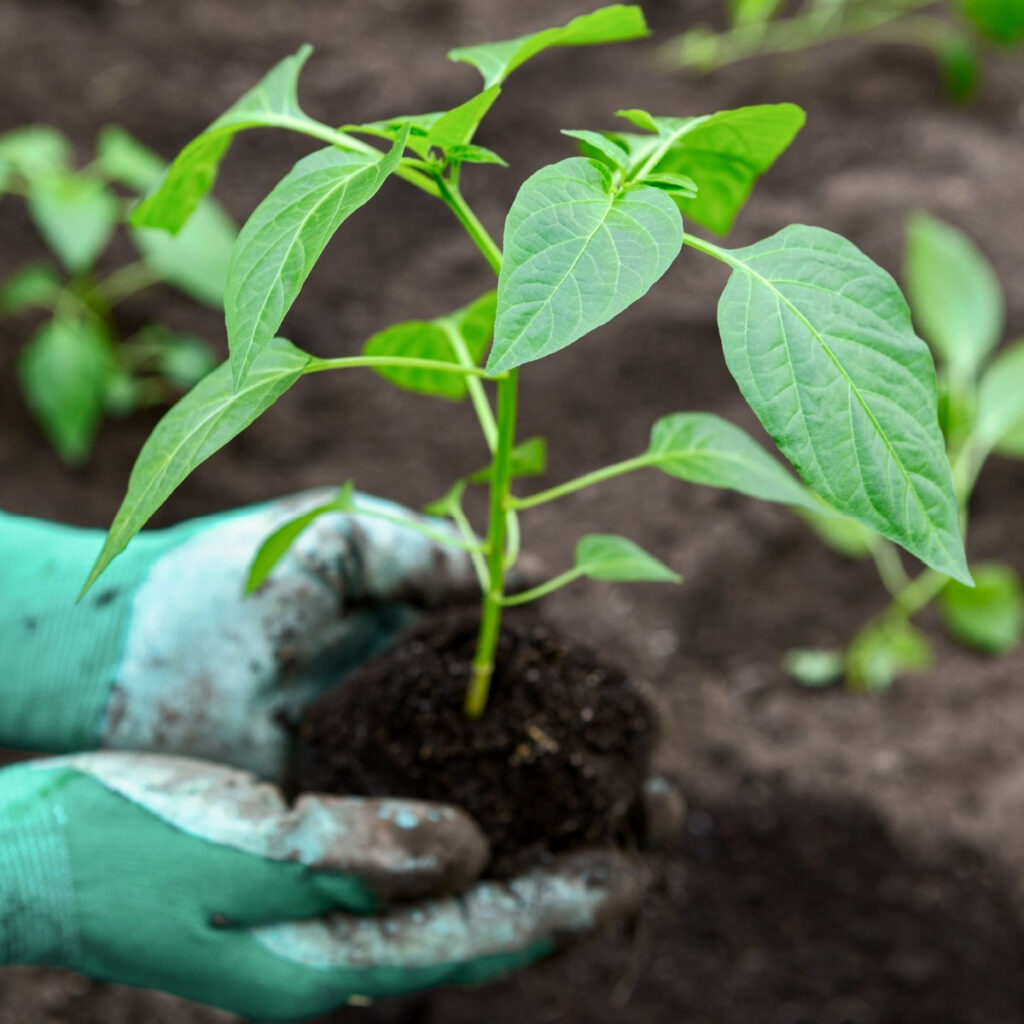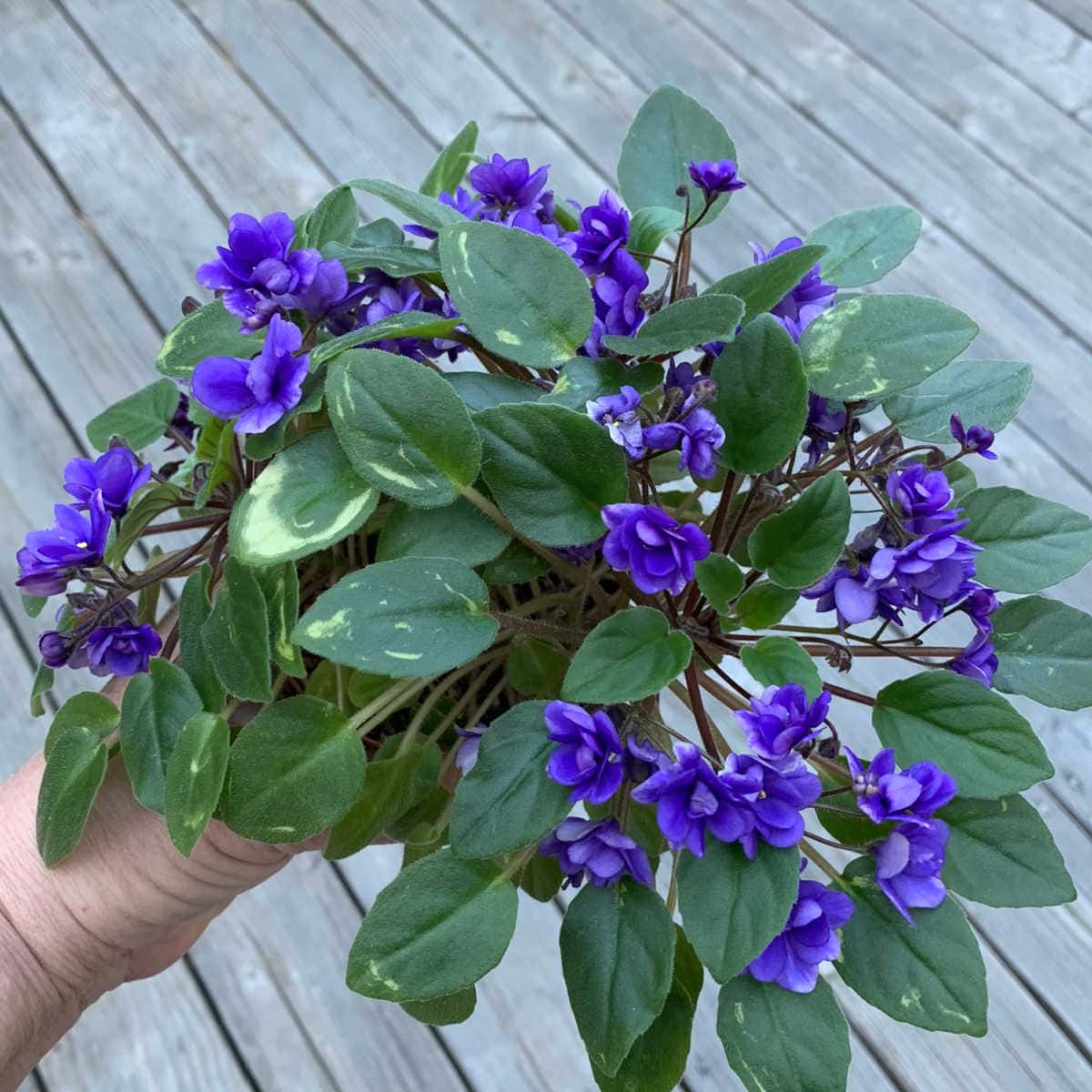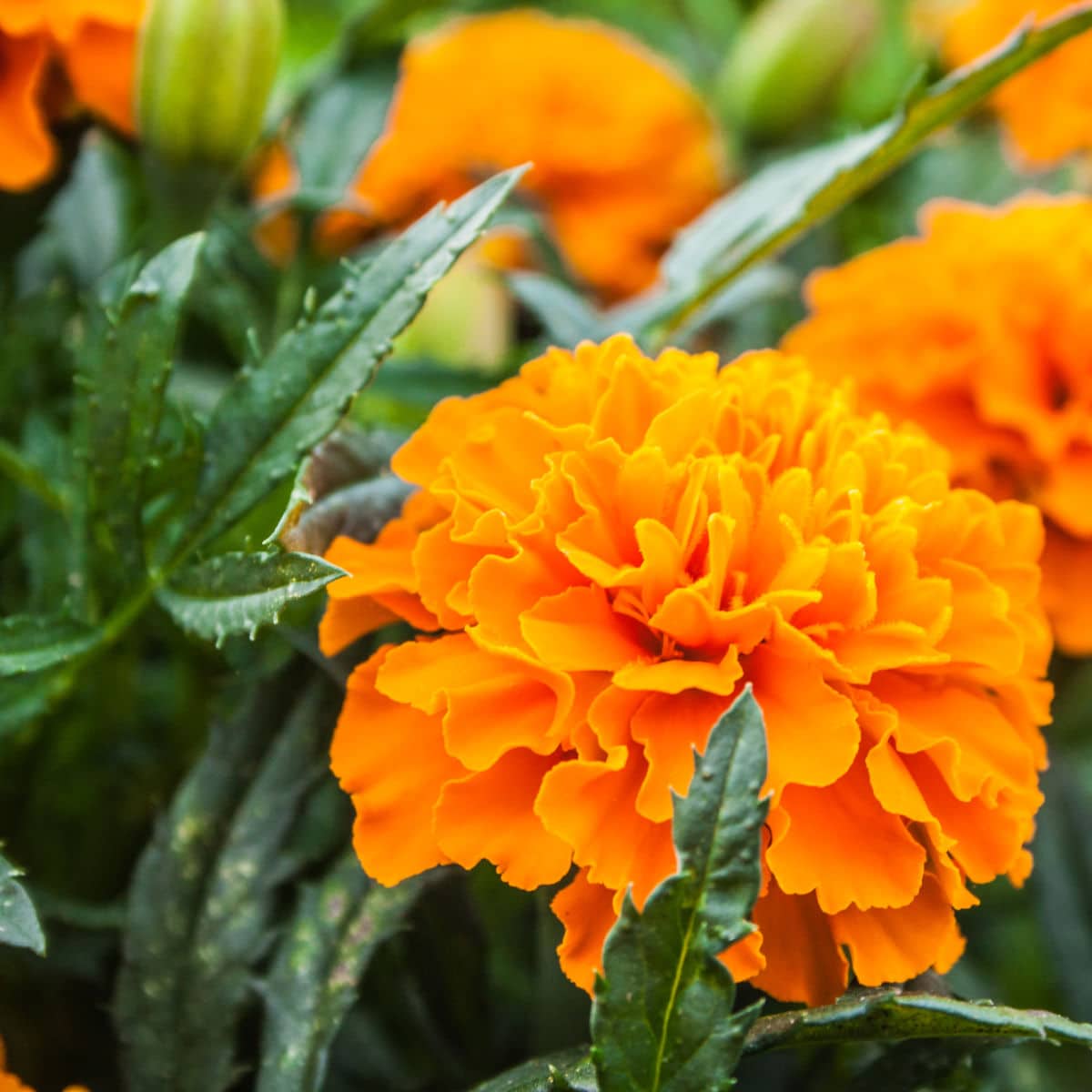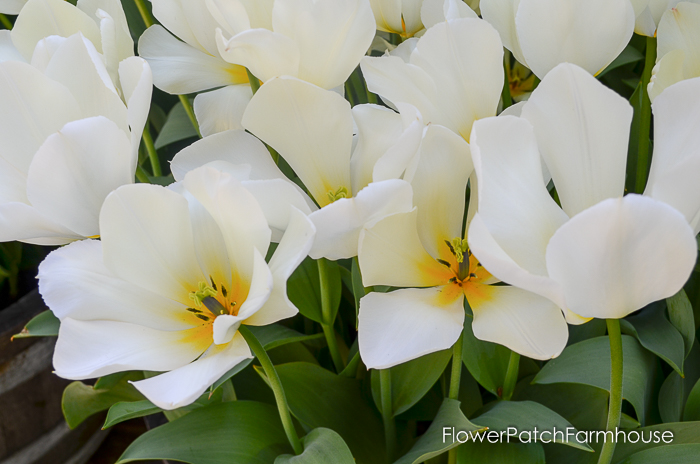Pruning Pepper Plants
The Myth of Pruning Pepper Plants: Debunking Common Misconceptions
Pruning pepper plants, is it beneficial or another garden myth?
Peppers are a popular garden plant for many reasons. But many complicate growing them.
One complication is the practice of pruning pepper plants. There is a lot of confusion and misinformation about this subject.
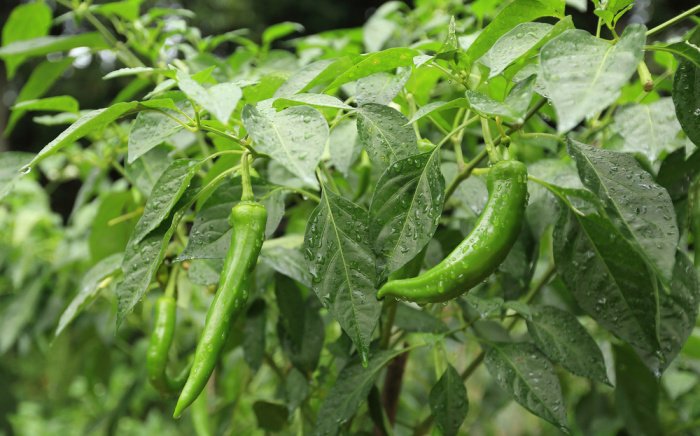
Many gardeners believe that pruning makes for a successful pepper plant, but in reality, it is largely a myth.
In this blog post, we will address the facts about the pruning of pepper plants and shed light on the best practices for their cultivation.
I am not telling you how you MUST grow your peppers. You are free to do as you like.
This is to help everyone make a better-informed decision rather than rely on folklore in gardening.
I always encourage you to be guided by principles and not garden rules.
Understanding the Purpose of Pruning
Pruning is a common technique in gardening that involves selectively removing parts of a plant to promote growth, shape the plant, or increase yield.
In certain cases, pruning is beneficial, such as with fruit trees or overgrown bushes. However, when it comes to pepper plants, the necessity of pruning is often exaggerated.
Myth #1: Pruning Improves Yield
One of the main reasons people advocate for pruning pepper plants is the belief that it increases the yield.
The one belief is pinching out the main stem when small produces more branching, thus more fruiting.
Pepper plants are naturally bushy and tend to develop multiple branches, which help support the weight of the fruit.
Pruning pepper plants may actually reduce the overall number of branches, ultimately leading to a decrease in yield.
The plant’s natural growth pattern is already optimized for fruit production. Interfering with this process may disrupt its natural ability to produce at optimum capacity.
Here is an excerpt from an article of a scientific study done…
“Stem pruning was started when plants began branching, three different shapes (2,3 and 4 stems) were given to plants and compared to unpruned controls. Early and total yield fruit and fruit weight per plant were determined. It was concluded that removal of main shoots which would have flowered and fruited led to the loss of fruit number per plant and to decrease yield per unit area.”
In some field studies on commercial growing, the pruning of certain varieties of peppers did prove to increase yield. But these findings did not hold true for most home gardeners.
Also, this was in sub-tropical climates where the growing season is longer than the majority of us. But this could be where the myth about home gardeners pruning peppers got its start.
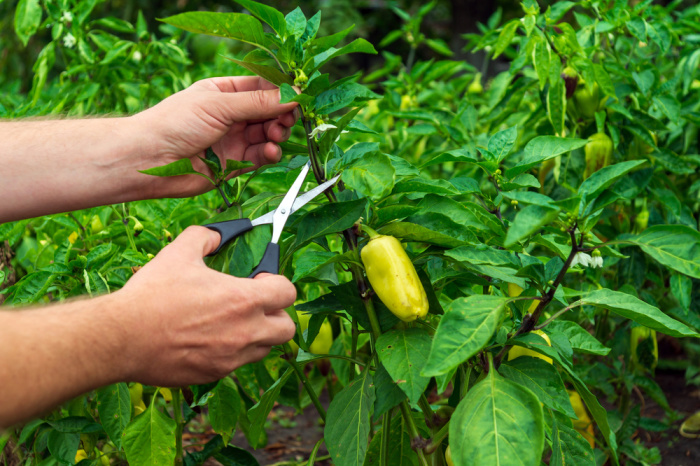
Myth #2: Pruning and Disease Prevention
Another common myth is that pruning promotes air circulation, reduces humidity, and prevents diseases.
While it is true that good airflow can help prevent certain fungal diseases, pepper plants are generally resistant to fungal infection.
Their leaves are much less prone to mold or mildew compared to other plants.
Additionally, the natural lushness of pepper plants creates a microclimate that can protect the fruit from sunscald and wind damage.
Therefore, pruning pepper plants for disease prevention purposes is unnecessary and may do more harm than good.
If you live in a humid climate test it out and see.
Myth #3: Pruning Helps Ripen Fruits
Some gardeners believe that pruning pepper plants will hasten the ripening process of fruits.
However, this is a misconception. Pepper plants naturally follow a specific growth pattern where the first flowers that appear are usually the first to bear fruit.
Pruning will not accelerate the ripening process but may delay it by removing potential fruit-bearing branches.
Patience and proper care are key when waiting for peppers to ripen, and pruning will not significantly impact this natural process.
For those of us that grow in a shorter season pruning limits the amount of fruit you get by delaying it.
Topping Pepper Plants
At the end of the season, many will top the plants to remove new growth and flowers. This is supposed to hasten the fruit already growing to mature faster before the first frost.
There are no studies showing this works but at this point, it can’t hurt.
Myth #4 Pruning Helps Pollination
Funny enough I just read an article stating that pruning peppers helps pollinators to reach the flowers instead of flying through all the foliage.
Well, the majority of pepper plants are SELF POLLINATING and don’t rely solely on pollinators.
You can jiggle the plant to aid in the pollination, any breeze will also help and when there are more blooms (when you don’t prune there are more flowers) then there is MORE chance of it pollinating well.
So pruning will not aid pollination but can actually inhibit it.
Myth # 5 Pruning Lower Branches Will Prevent Pests
Another article stated pruning the lower branches will prevent pests from climbing up into the plant.
Now do I really need to tell you that if pests want to climb into your plant they will just use the main stem coming out of the ground to get where it wants?
So no, pruning will NOT prevent pests from climbing into your peppers.
Best Practices for Pepper Plant Care
Instead of focusing on pruning, gardeners can adopt other practices that are more beneficial for the health and productivity of pepper plants.
All About Growing Pepper Plants!
In this guide, we’ll take you through the step-by-step process of successfully cultivating pepper plants, from selecting the right varieties to caring for them throughout the growing season!
Adequate Sunlight
Pepper plants thrive in full sunlight, so ensure they receive at least six to eight hours of direct sunlight daily.
Watering
Provide regular watering, aiming for moist but not waterlogged soil. Allow the soil to dry slightly between waterings to prevent root rot.
Fertilization
I always recommend focusing more on your soil health than fertilizing your plants.
I use composting and regenerate the soil for the best, long-term results.
RELATED: Stop Fertilizing, Regenerate the Soil Instead!
Agrothrive is an easy to use fertilizer that not only feeds the plants but also the soil (part of the regenerative process) and I can honestly recommend it.
Follow the directions on the container for application.
Pruning Peppers for Maintenance
You will want to prune off yellowing or drying leaves as the plant matures. The leaves that are beginning to die off will suck energy from the plant needlessly and should be removed.
These usually are at the base of the plant first and/or leaves that have been damaged for other reasons.
If you are a person who prefers tidiness and want to shape your plants then go right ahead. No one is saying you can’t do as you please.
Mulching
Apply a layer of organic mulch around the plants to retain moisture, suppress weed growth, and regulate soil temperature. This will help create an optimal environment for your pepper plants to thrive. (avoid mulches that contain dyes)
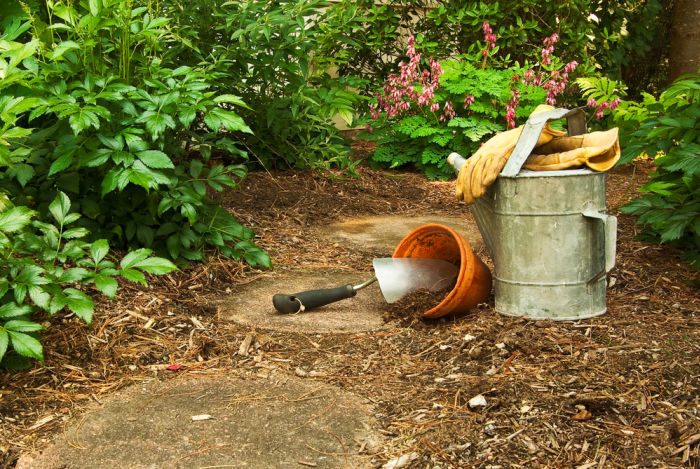
Support and Stake
As your pepper plants grow and start producing fruit, you may need to provide support.
I don’t usually need to with Jalapeno or Habanero peppers but others can become heavy with fruit.
Supporting can be done using cages, stakes, or trellises.
Pest Control
Monitor your plants regularly for any signs of pests or diseases. Employ organic pest control methods such as using insecticidal soaps or introducing beneficial insects like ladybugs to keep pest populations in check.
Always remember, even organic sprays can be harmful and should only be used as a last resort.
Harvesting
Harvest ripe peppers regularly to encourage the plant to continue producing. Use sharp scissors or pruners to avoid damaging the plant during the harvesting process.
Crop Rotation
To prevent the buildup of pests and diseases, practice crop rotation by planting peppers in different locations each year. This helps maintain the health of the plants and improves overall yield.
Pruning pepper plants is not a good use of your gardening time unless you have already found it beneficial in your garden. Have you tried a side-by-side trial?
Instead of focusing on pruning, gardeners should prioritize providing adequate sunlight, proper watering, fertilization, and pest control measures to ensure healthy and productive pepper plants.
By understanding the true nature of pepper plants and implementing best practices, you can enjoy a bountiful harvest of flavorful peppers without the need for excessive pruning.
Embrace the natural beauty and resilience of pepper plants, and let them flourish in their own unique way, offering you a delicious and colorful bounty throughout the growing season.
Happy gardening!
With the introduction of AI I am seeing a lot of new garden blogs that are spouting out garden misinformation at a rapid rate.
Countering the flood of downright incorrect information being bandied about is like digging out a sandhill with a teaspoon but I will endeavor to provide researched information as best as I can.
The best way to know what works best in your garden is to run side-by-side comparisons and find which works better for you.
